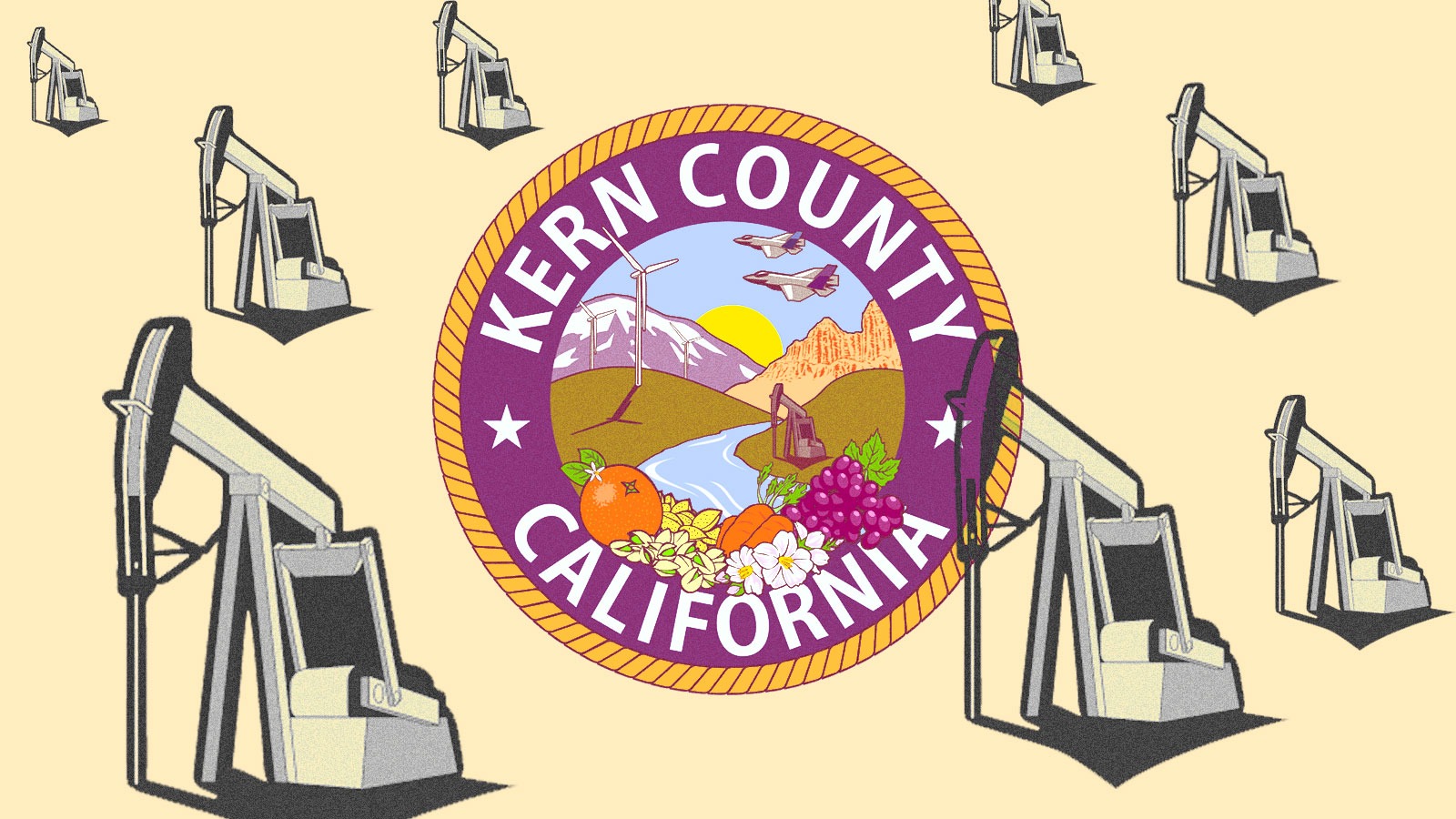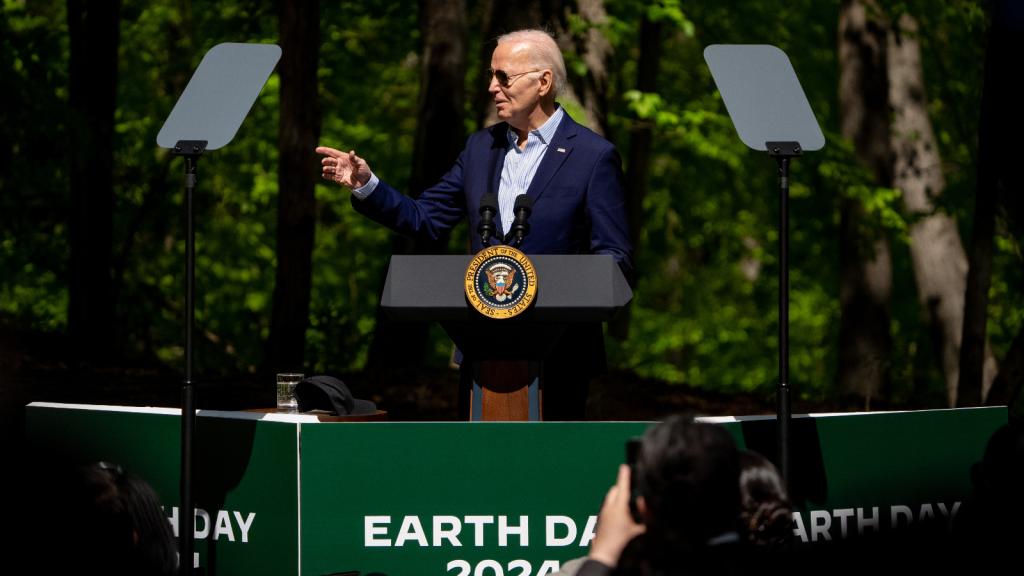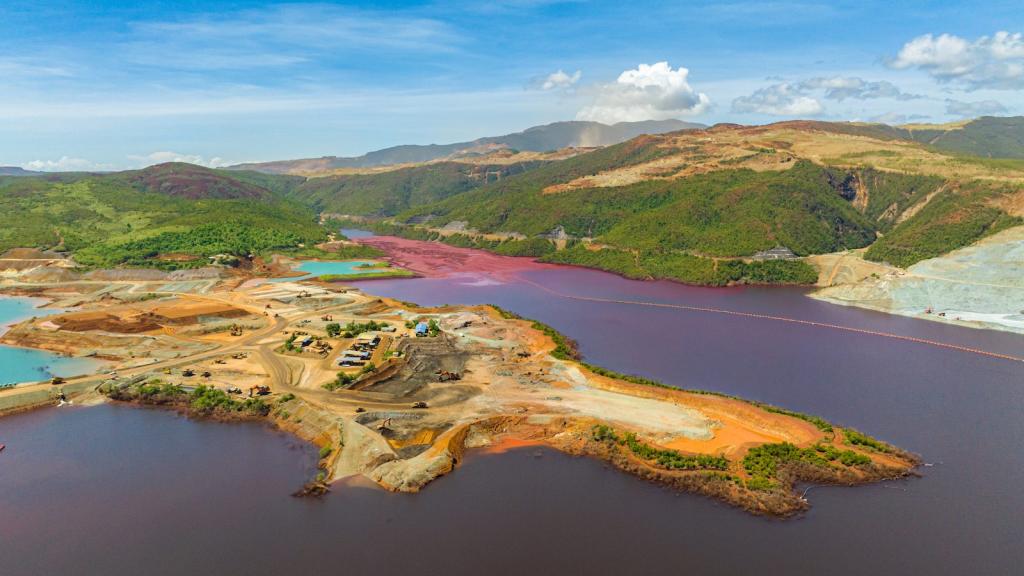Juan Flores remembers vividly the first time he learned what fracking smelled like. He was breaking ground on a community garden near a school as part of his job as a community organizer in the small town of Shafter, California, when an acrid smell filled the air. Within 30 minutes, he had a headache. The community members at the event warned him they were accustomed to not going outside when this smell filled the air. They knew instinctively what it meant — an oil or gas well was being fracked.
Shafter is located in Kern County, the heart of California’s oil and gas industry. Kern County, in the south Central Valley, produces 80 percent of California’s onshore oil and gas; it’s currently home to 78,000 operating oil and gas wells. Now, an ordinance set to be reviewed by the Kern County Planning Commission could nearly double that number over the next 20 years by fast-tracking the permitting process for 67,000 new wells.
This is not the ordinance’s first life — it was drafted in 2015 by oil industry consultants and implemented the same year. The ordinance functioned as a blanket assessment of environmental impacts for any oil and gas permit, allowing oil and gas wells to bypass individual environmental review. In 2020, the ordinance was struck down by a California appellate court for not sufficiently considering environmental impacts under the California Environmental Quality Act. Before the original ordinance was deemed illegal, however, Kern County approved more than 18,000 permits to drill new wells or rework existing wells between 2015 to 2019. Kern County’s population is 54 percent Hispanic and has a median household income that is 30 percent lower than the state of California as a whole, and the permits issued during this time period were issued almost overwhelmingly in census tracts that were predominantly Hispanic and lower-income — concentrating oil and gas extraction into sacrifice zones within a sacrifice zone.
Now, the ordinance is under new consideration with an updated version of the blanket environmental assessment. The ordinance, if re-implemented, would make the permitting of new oil and gas wells, fracking wells, and wastewater injection wells in Kern County nearly obstacle-free. Under the guidelines set by the ordinance, the county would review and approve oil and gas operators’ applications to drill within seven business days. “It’s very much the definition of rubber-stamp approval,” said Chelsea Tu, a lawyer for the Center on Race, Poverty and the Environment, a national environmental justice group. The Kern County Planning Commission, a five-member body that administers zoning ordinances and processes land use applications, heard public comment on the new ordinance on Thursday and will vote on the ordinance in the coming weeks.
More permitting could have a profound effect on communities already living in the shadow of the oil and gas industry. California, unlike other oil and gas producing states, has no regulations specifying how far oil and gas production must be removed from certain residential areas, also known as setback regulations. As a result, in Kern County, more than 71,000 people live within 2,500 feet of oil and gas wells, and nearly a third of oil and gas wells are located within 2,500 feet of schools and hospitals.
Flores has lived in Kern County for 20 years and has seen the effects of the oil and gas industry on Kern County residents firsthand through his work as an organizer for the Center on Race, Poverty, and the Environment. The presence of wells near homes and schools is of concern because oil and gas extraction wells spew toxic chemicals into the air, including volatile organic compounds, nitrogen oxide, hydrochloric acid, and formaldehyde — all known to cause neurological harm, reproductive damage, and increased risk of cancer. It’s no surprise, then, that Kern County has the worst air pollution in America in terms of the year-round burden of fine particulate matter.
Living in proximity to these wells has profound health effects. Proximity to gas extraction sites has been linked to a slew of chronic symptoms and diseases, including respiratory problems and rashes, migraines, and nosebleeds, as well as higher rates of asthma attacks, cancer, general hospitalization rates, high-risk pregnancies, and preterm birth. COVID-19 adds another layer of risk in a county that has been hard hit by the pandemic. The pollution produced by oil and gas wells, in particular the fine particulate matter known as PM2.5, has been found to make the virus even deadlier, and conditions that are linked to pollution from oil and gas extraction, such as chronic obstructive pulmonary disease, increase the risk of COVID-19 mortality.
As a resident of Kern County, Flores says there’s no choice but to live with the pollution. “You don’t have another option,” he said, other than to “pack your things, and move and leave your home behind, leave your family behind, and try to find something somewhere else.” The residents of Kern County feel kidnapped by the oil industry, he says. “For the last 20 years of my life, this is home,” he said. “This is where my family is. Where else can I go?”
The ordinance is inconsistent with California’s target of reducing emissions 80 percent from 1990 levels by 2050, a goal that the state is set to miss by more than a century, and with President Joe Biden’s agenda of transitioning the economy from fossil fuels to clean energy. But to Flores, the discrepancy between the reality in Kern County and state and national climate targets is no surprise. Governor Newsom even called climate change an “emergency” following the 2020 fires and despite pledging to end fracking has signed off on thousands of oil and gas permits. “Governors in the state of California like to claim that we are an example state for the rest of the nation when it comes to aggressive environmental protection,” said Flores, “but the reality is that when it comes to oil and gas we have fallen way behind.”
Meanwhile, community members are continuing to feel the burden of pollution. “Here in my community, it’s not unusual to hear that we are losing three, four, or five people every day,” said Anabel Marquez, president of the community organizing group Committee for a Better Shafter, at a press conference on Wednesday. “Our lives and the lives of all people in Kern County should be above any profit of the oil companies.”



